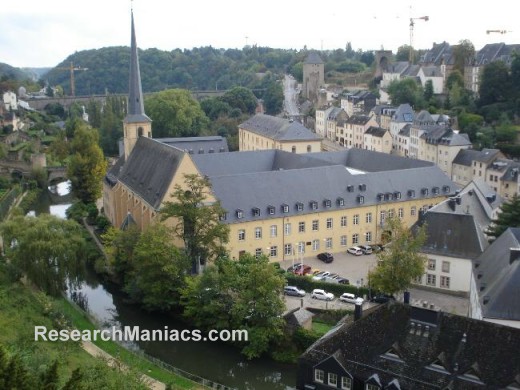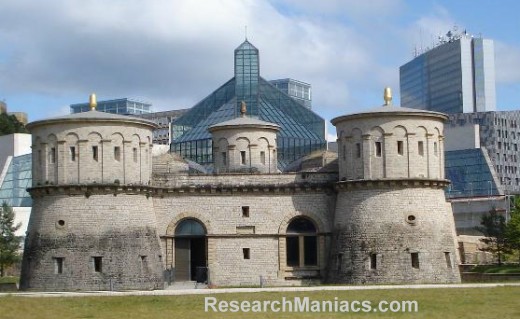Luxembourg
Information about Luxembourg
Founded in 963, Luxembourg became a grand duchy in 1815 and an independent state under the Netherlands.
It lost more than half of its territory to Belgium in 1839 but gained a larger measure of autonomy.
Full independence was attained in 1867.
Overrun by Germany in both world wars, it ended its neutrality in 1948 when it entered into the Benelux Customs Union and when it joined NATO the following year.
In 1957, Luxembourg became one of the six founding countries of the European Economic Community (later the European Union), and in 1999 it joined the euro currency area.

Above picture: St. John's Church was originally built in 1606. It became the place of worship for Benedictine monks from Neumunster Abbey in the Grund District of Luxembourg City. The present church dates from the late 17th century and has a fine baroque interior. One of its greatest treasurers is a Black Madonna created in the 14th century. The abbey was used as a prison from the mid-19th century to the late-20th century.

Above picture: Fort Thungen is colloquially known as Three Acorns because of the acorn located atop each of its three towers. The structure was mostly demolished after the 1867 Treaty of London, which stipulated the removal of Luxembourg City's numerous fortifications. It was completely rebuilt in the 1990s. The Museum of Modern Art (Mudam) may be seen in the background.
|
|
|
|